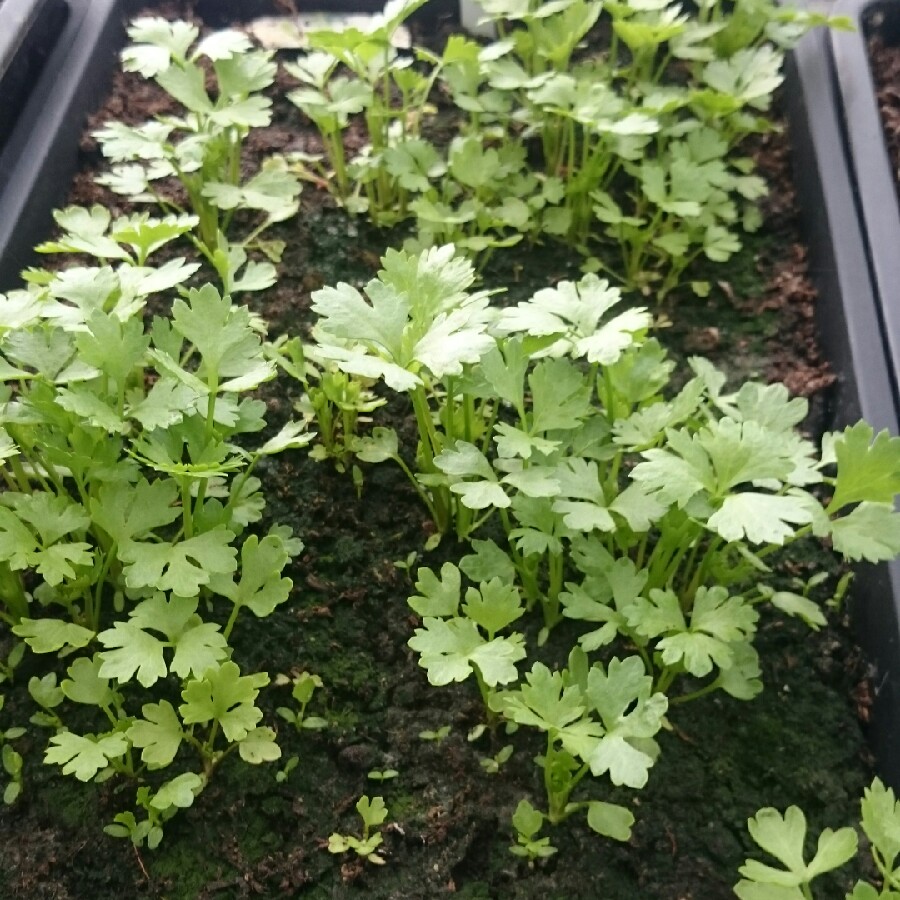
Apium graveolens var. rapaceum
Celeriac
Celeriac is a close relative of celery, but the edible part is the swollen stem, which is round and somewhat knobbly, and has a flavour similar to that of celery.
Contributed by @simonoakley
-
Full sun
-
Frequent watering
-
A little frost hardy: 32F (0°C)
-
Moist and fertile
Common name
Celeriac
Latin name
Apium graveolens var. rapaceum
type
Vegetable
family
Apiaceae
ph
6.5 - 7.5 Acid - Neutral
Plant & bloom calendar
-
Best time to plant
-
When to harvest
full grown dimensions
 0.15 M
0.60 M
0.15 M
0.60 M
Apium graveolens var. rapaceum
Celeriac is a close relative of celery, but the edible part is the swollen stem, which is round and somewhat knobbly, and has a flavour similar to that of celery.
Planting
From Late Spring TO Early Summer
Soil should be prepared for planting celeriac by digging in plenty of well-rotted manure. Planting out is best done on a dull day. Water the plants well an hour or so before planting out. Plant at 35 cm. intervals, by making a hole in the soil about the size of the seedling, and ensuring the root is in contact with the soil - but avoid pushing down into the soil, as that could compact the soil and prevent water from getting to the roots. Water the plants after planting them - but do not soak them. Keep the soil moist, and protect young plants from slugs
Propagating by seed
From Early Spring TO Early Spring
Sow seed indoors in early Spring 8-10 weeks before the last frost in your area. Do not cover the seeds with compost, as they need light to germinate.Harden off the seedlings before planting them outdoors.
















